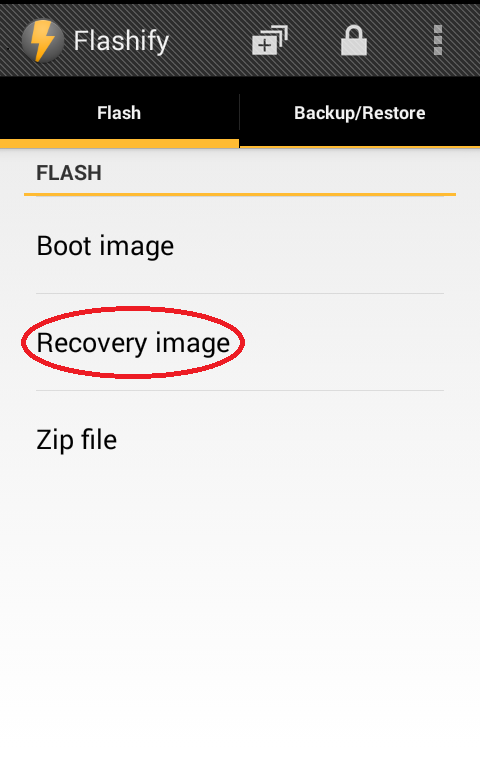All About Technology is a blog where you can troubleshoot all of your Technology Troubles...
Subscribe to:
Post Comments (Atom)
Featured post
How to install CWM Recovary in Micromax Unite
How to install CWM recovary in Micromax Unite(A106) Before we start you must know that what are benifits of it? CWM also knows as Clockw...


.png)



No comments:
Post a Comment